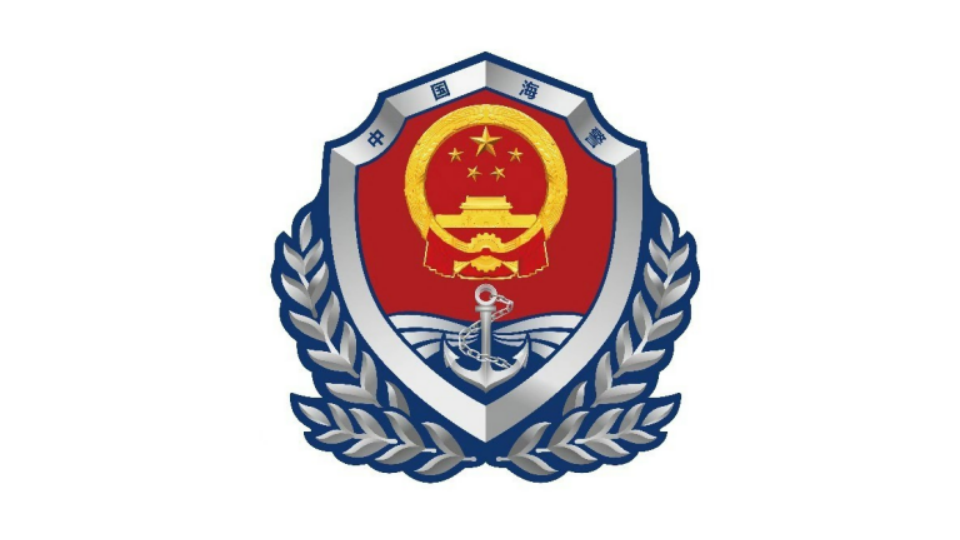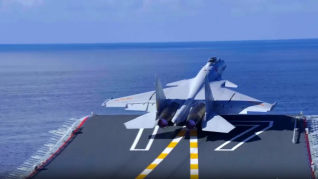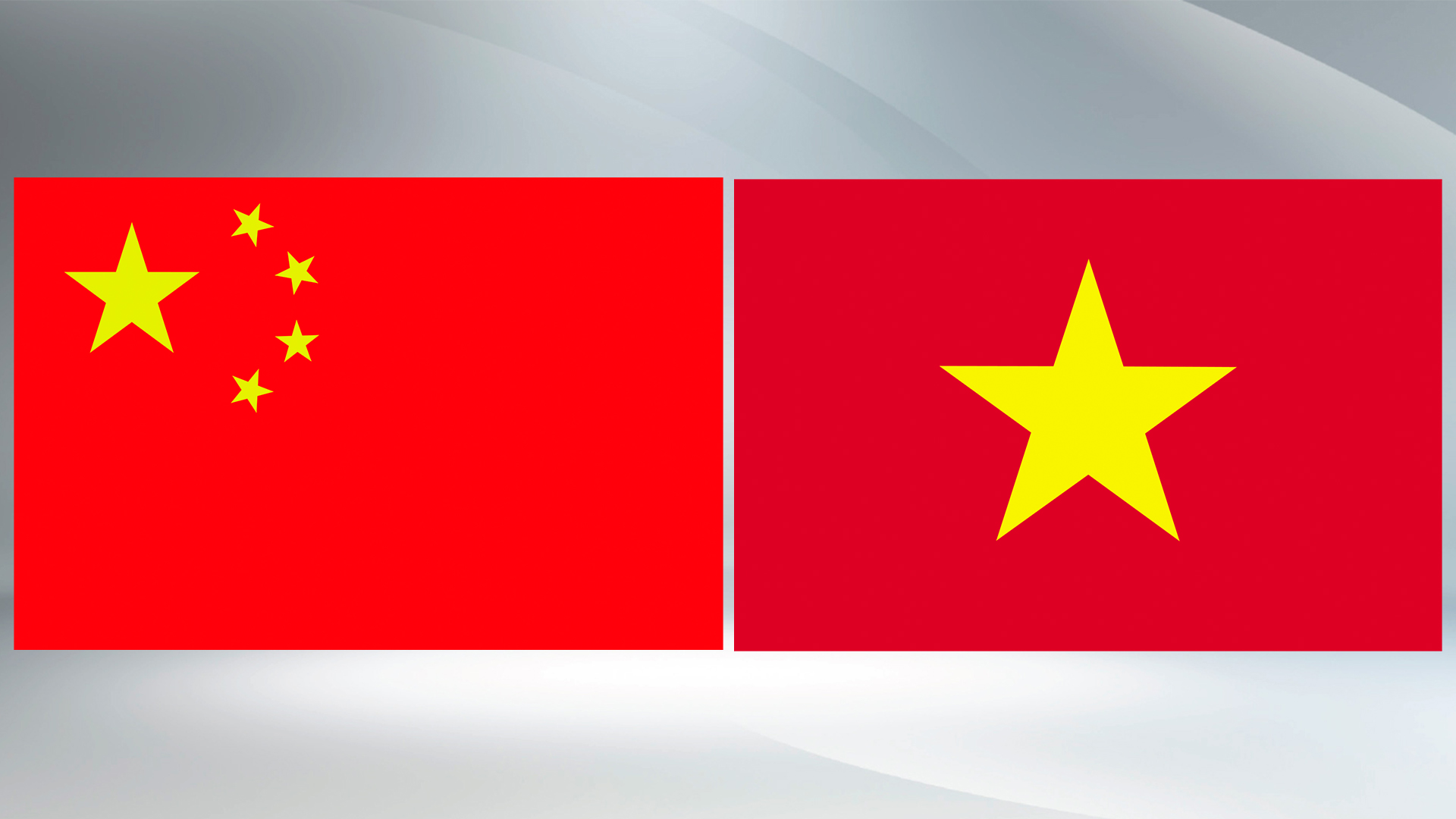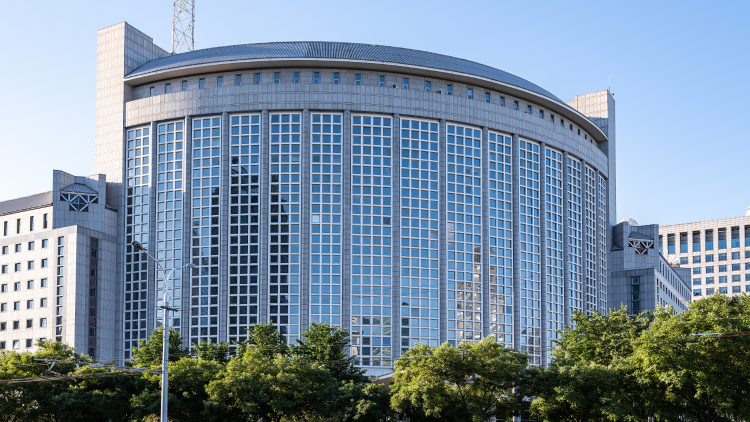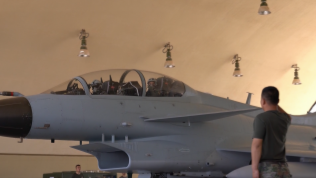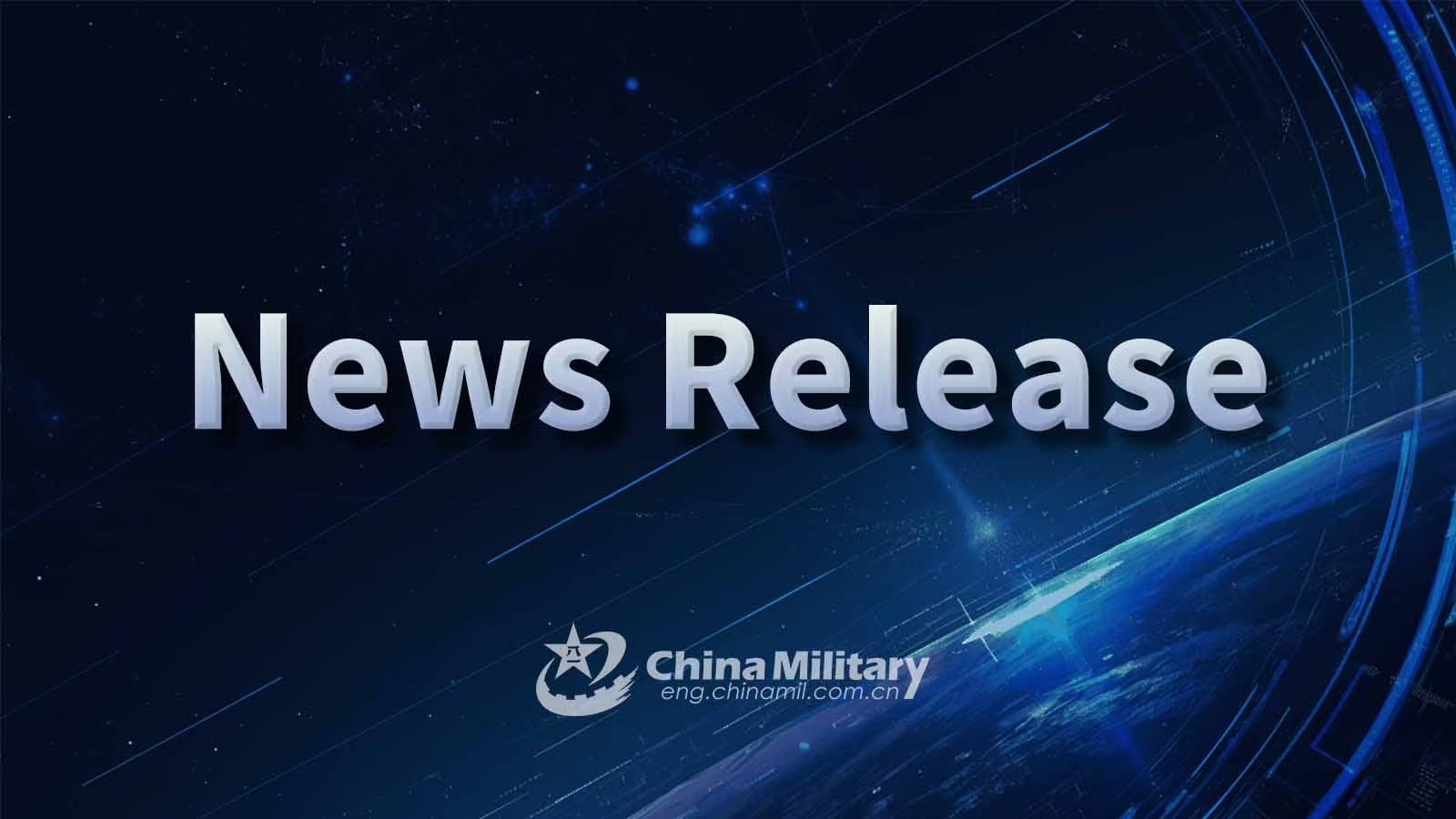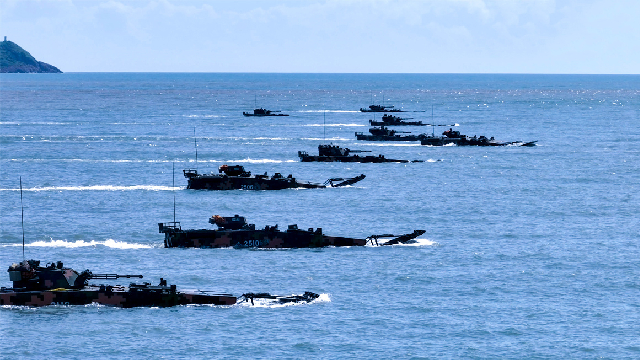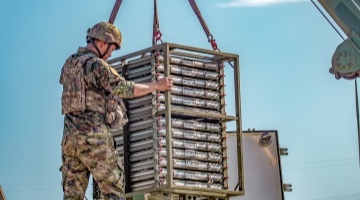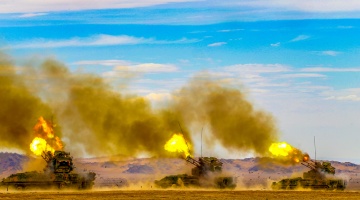By Chen Yue and Chen Jian
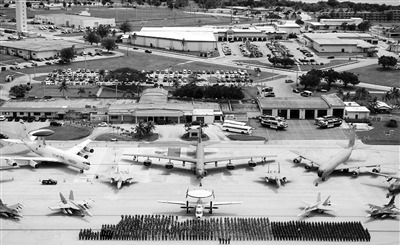
File photo: Andersen Air Force Base, Guam
Recent media reports show that the US military will have up to two missile flight tests or tracking exercises at Guam every year for a period of ten years, starting from this October, with the aim of protecting Guam from the attack of ballistic missiles, hypersonic missiles, and cruise missiles. Analysts said the US' reinforcement of war-preparedness in Guam and the Guam-centered forward base network is essentially aimed at consolidating its deterrence in the Asia Pacific and advancing its so-called "Indo-Pacific strategy". This has posed a grave threat to regional peace and stability.
Guam's rising strategic value
The US has regarded winning the "major-country competition" as its top strategic objective in recent years, and the West Pacific has increasingly become a key region on its radar. Yet the rising military strengths of Asia-Pacific countries and their R&D and application of new military technologies have brought into question the viability of US military bases on the "first island chain". At the same time, since the host countries ofthose bases are unwilling to be victimized in the major-country confrontation, the US now has to retreat to the "second island chain".
In this process, Guam, the center of the "second island chain" that stands at a stronghold in the West Pacific, is of essential importance for the US' military deployments in the Indo-Pacific region. This year alone, Washington has test-fired hypersonic missiles, relocated 4,000 troops from Japan to Guam, deployed the Marine littoral regiment to Guam, and held part of the Valiant Shield 2024 exercise there, all at testing to the strategic value of the island.
Recent years have seen the US investing hugely in reinforcing war-preparedness in Guam. Statistics show that from FY2015 to FY2023, the country allocated a total of USD 3.4 billion to war-preparedness projects on the island, and the US Department of Defense (DoD) will request another USD 7.3 billion in FY2024-2028 to keep refining the projects to comprehensively enhance the commanding, supporting and defensive capabilities on the island.
Continuous development of round-Guam defense capabilities
To turn Guam into a so-called "unsinkable aircraft carrier" on the "second island chain", the US is advancing its defense system in three ways.
Establishing a distributed tiered missile defense system and building an "enhanced integrated air defense and missile defense system". In spite of the US' long-year presence in Guam, the island's current missile defense system is weak and separated, so the US military plans to integrate the army, navy and missile defense forces on the island to form an integrated air and missile defense system.
Introducing the "distributed attack" approach and forging a round-Guam combat system. The US military has incorporated the Northern Mariana Islands, including the Tinian Island, Saipan Island, and Wake Island, into the round-Guam combat system in the attempt to form a multi-point, distributed, and flexible base network. These islands, along with Hawaii, will constitute a cluster of mutually corresponding islands with a certain depth.
Strengthening the cooperation with Asia-Pacific allies to intensify combat capabilities around Guam. The US military has taken a series of steps in recent years to better integrate its Asia-Pacific allies into the defense system of Guam, including constantly organizing exercises around Guam with Japan, Australia and other countries, and trying various means to obtain the right to temporarily use the military bases and other key infrastructure in regional countries, particularly Pacific island countries.
A threat to regional peace and stability
The US' establishment of the Guam defense system will inevitably stimulate relevant countries to accelerate their buildup of offensive capability, even triggering a new round of arms race in the West Pacific. In fact, the US' repeated announcement to intensify Guam's defense already revealed its lack of confidence in this area. The more military bases are built on the island, the more likely it will be under missile attacks, which in turn forces the US to further strengthen the defense capabilities there. Such spiraling up has made the small island a real "bomb magnet" on the "second island chain".
For many years, the Asia Pacific has maintained overall stability and been the fastest-growing region in the world. The US' war-preparedness reinforcement in the region is no different from "erecting fences at another person's doorstep", not only seriously damaging the strategic mutual trust among regional countries and fueling regional tension, but also sending a wrong signal to its allies that they may also make provocations. Clearly, the superpower, which is obsessed with "major-country competition" in total disregard of other countries' security and welfare, has become the very source of trouble and chaos for the Asia Pacific.
The Asia Pacific is not an arena for the zero-sum game. Anyone attempting to gain the upper hand in the "major-country competition" by resorting to military forces and bloc confrontation will only end up in a new security dilemma and a strategic impasse.
(The authors are from the War Studies College of the Academy of Military Sciences of the Chinese PLA.)

